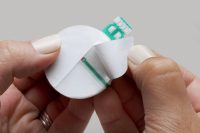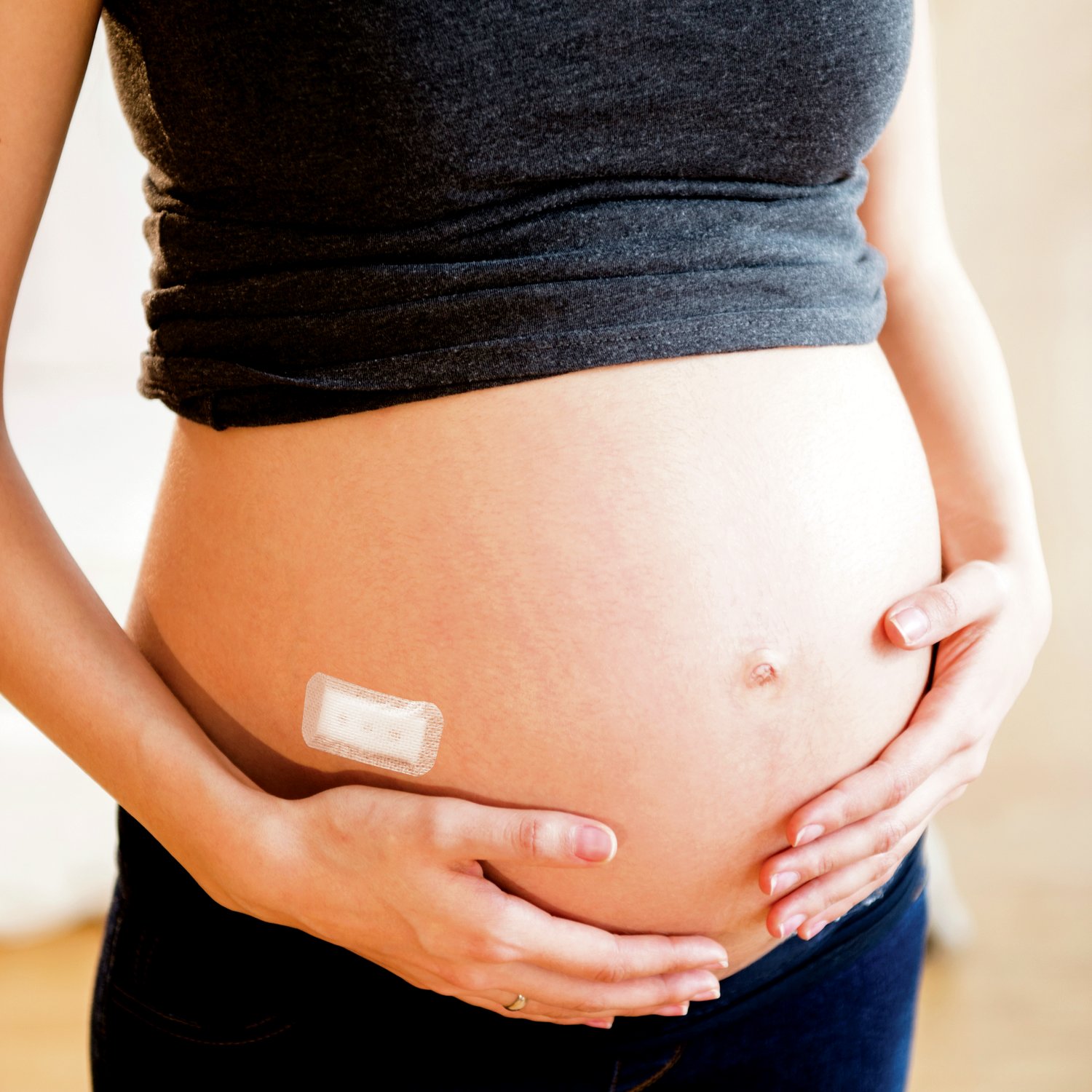Skin is a terribly unforgiving substrate. On top of breathing, sweating, and growing hair, it also sheds and regenerates roughly every 14 days. These factors alone make stick-to-skin medical devices tough to design, and they’re far from the only challenges that design engineers encounter.
Beyond skin’s innate characteristics, design engineers must understand several variables when creating medical devices that require adhesion to skin, including desired wear time, the chemistry of skin-friendly adhesives and bonding of the device to the stick-to-skin tape. Not weighing these factors upfront, before projects start, can lead to redesigns late in the development process, wear times falling short of claims or a rash (pun intended) of complaints from customers about irritated skin.
This article covers 10 key factors to consider before your next project and how to overcome them.
1. Wear time.
How long do you want your device to stick to skin? That’s the first question we ask when consulting with customers, because everything else follows from it—what type of adhesive, the backing, the material to make the device’s housing, etc. It is crucial to avoid selecting an adhesive that is stronger than necessary, otherwise it is more likely to damage skin upon removal. That’s why it’s imperative for developers to understand that if a 14-day adhesive is applied to the skin, and it needs to be removed after three days, then that adhesion will be at max value, increasing the likelihood that its removal results in pain and skin damage.
Knowing the desired wear time is the first criteria in choosing a class of stick-to-skin adhesive. If the device demands a 14-day wear time, then that eliminates the current generations of silicone adhesives. These adhesives provide gentleness and can be repositioned, but they can’t provide wear times longer than five to seven days. Acrylics generally offer longer wear time, but all adhesives are different, so it’s key to align your wear time to your adhesive choice.

2. Body position and skin condition.
Stating the obvious: Not all skin is the same. An adhesive suitable for a two-week application on the abdomen of a healthy adult may not be appropriate for short-term use on an infant’s face. The location of device placement and fragility of the skin beneath the device has to be considered when selecting your adhesive.
3. Device material.
When it comes to adhesives, what a device is made out of can either be a blessing or a curse for design engineers. Polycarbonate, acrylic, polyolefin and silicone rubber are a few of the most popular materials. Many developers would like to use silicone rubber to house their electronics because it’s flexible—but it’s tough to stick to, limiting adhesive options and forcing tradeoffs.
4. Intended function.
Care for a dip? Or work up a sweat? We take careful note when developers want their devices to adhere to an end user in a pool or hot tub, because it makes the job of sticking to skin a lot more challenging. Devices are also hard to keep securely attached to the skin when they’re meant for activities like running or biking, where users typically build up a sweat. That calls for an aggressive adhesive, like a tackified acrylic, particularly if a 10- to 14-day wear time is desired.
Pro tip: If your device must be able to handle submersion, then put an extra skin-friendly adhesive film over the device before diving in.

5. Device size.
When it comes to medical devices, size definitely matters. Smaller devices provide less of a challenge to the stick-to-skin adhesive, may be more comfortable to wear and less obvious beneath clothing.
6. Flexibility and tape ‘skirts’.
Formula for a failed adhesive: Wearable made of rigid material + stick-to-skin adhesive tape cut to the exact size of the device = short wear time. Flexing skin will pull away from the edge of a device that can’t move with it. A silicone rubber housing for your electronics will help some—but it’s not enough. Extending the stick-to-skin tape in a ‘skirt’ as little as a quarter-inch beyond the edge of your device’s footprint can prevent and counter many of the stresses experienced at the adhesive-skin interface and save your bond.
Continue to page 2 below.






